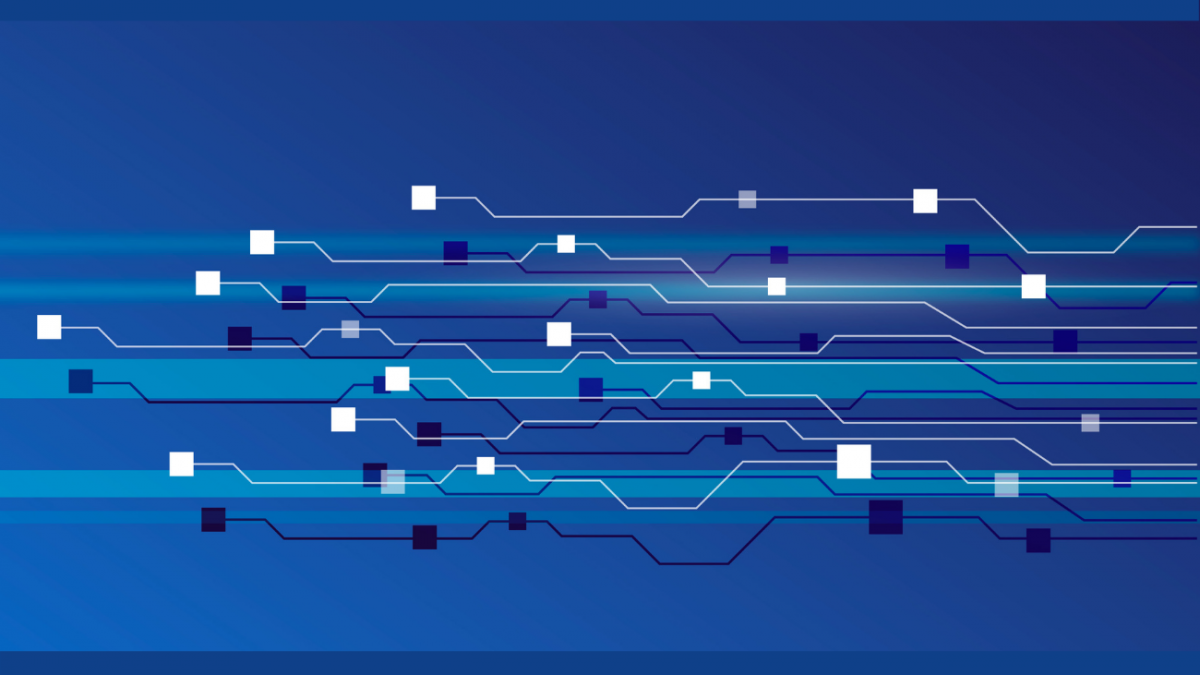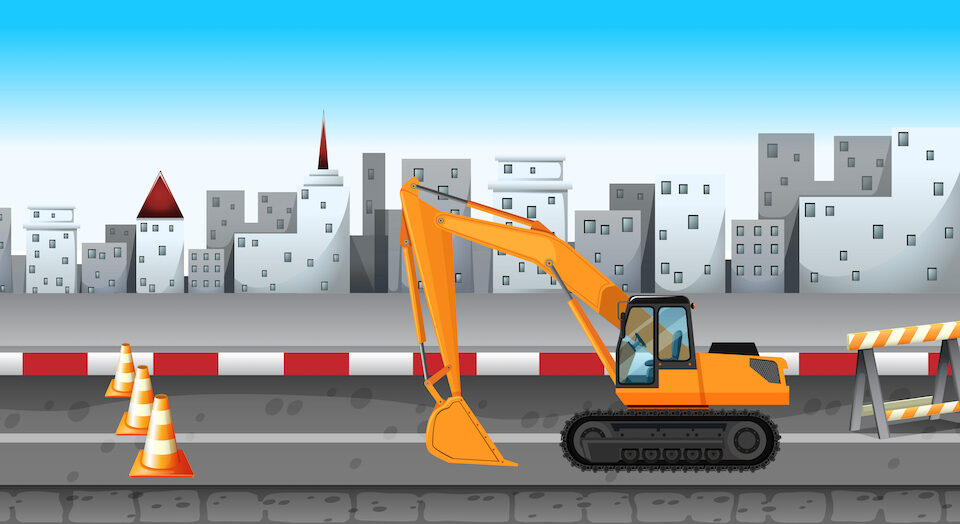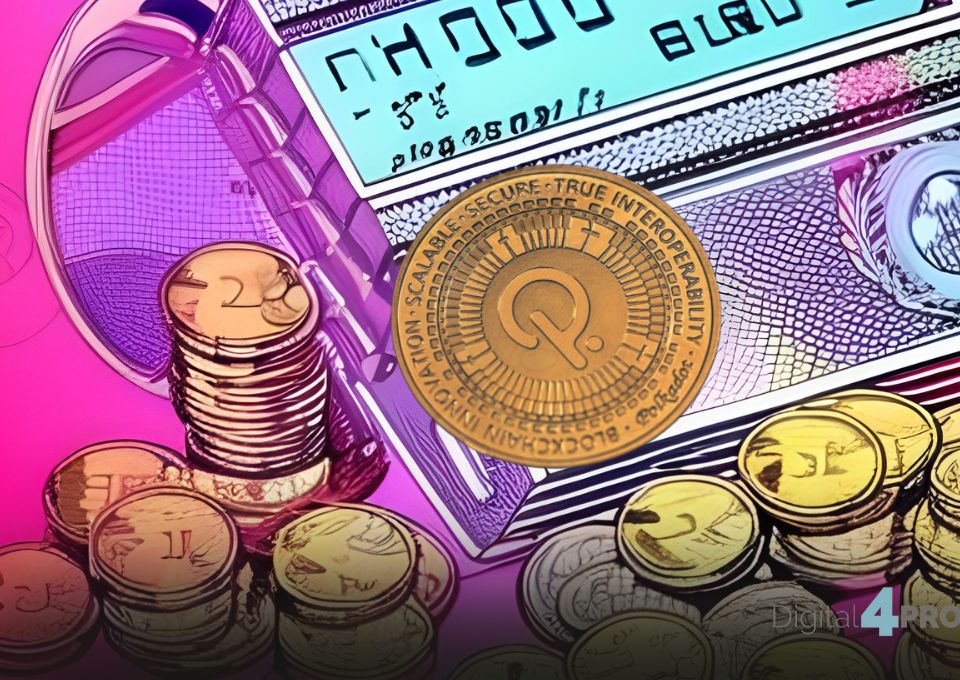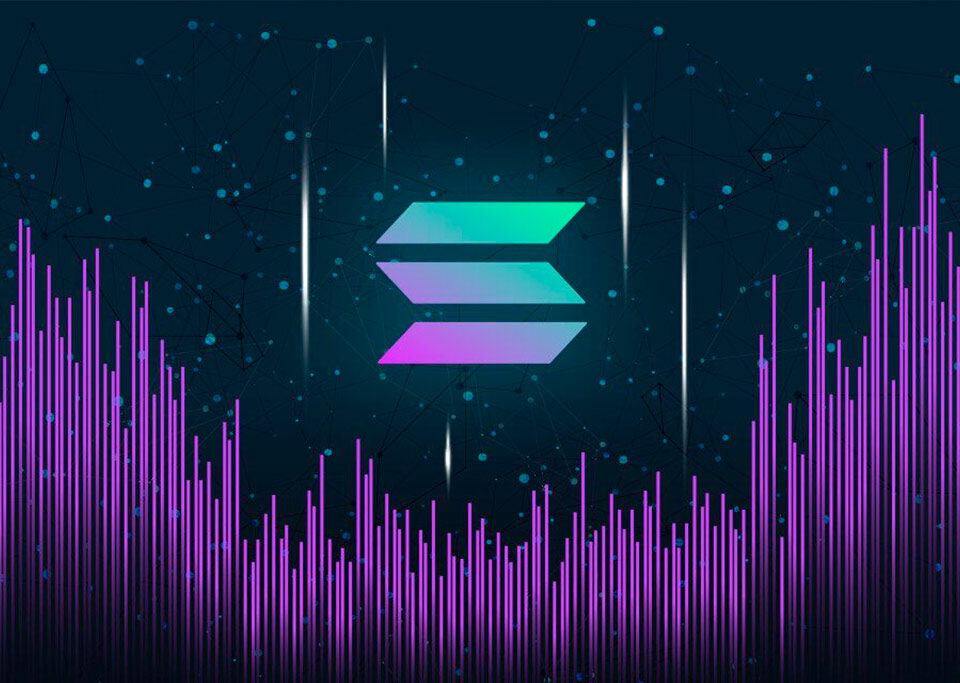- Mail:
- info@digital4pro.com
Blockchain: Distributed Ledger

The 4 enabling elements for the development of 5G networks
16 Ottobre 2020
Blockchain: Distributed Ledger
20 Ottobre 2020Traditional centralized architectures for data management see a central organization, recognized by system members, responsible for authorizing and validating all changes to the data.
The Distributed Ledger (Distributed Registers), on the other hand, see an organization distributed on the network in which all members of the community (Nodes) can, on the basis of defined rules that characterize it, read and modify the archives as well as verify and validate the changes. Therefore, the participation of the Nodes in the blockchain is based on a consensus mechanism, i.e. control and verification of the actions by the Nodes.
When a member of the Distributed Ledger operates a transaction, it shares the request, complete with all the information that represents it, with all the Nodes participating in the blockchain. It will be the blockchain to verify the legitimacy of the request and the data by inserting them in a block together with other transactions. For this block to enter the chain and take part in the archive, it must be validated. Some blockchains, such as the Bitcoin blockchain, provide for this operation to be remunerated with cryptocurrency (coin).
In general, the blockchain consensus and validation protocol is the method shared by the community of participants.
Once the verified and validated block has been encrypted, it is hooked to the previous block and fixed in a univocal and definitive way with the time stamp (Timestamp). Thanks to this process, the chain of blocks that is formed contains all the transactions that have been carried out by the community and that have been verified and validated according to the same principles that become accessible to all. Furthermore, all these transitions are immutable, that is, incorruptible. Nobody will ever be able to change them again.
- Distributed Ledgers allow you to create a relationship of trust in a community of subjects who do not know each other, while in the centralized logic everyone must recognize the authority of the central subject.
- The decentralization typical of Distributed Ledgers improves access to data and their transparency compared to a centralized architecture.
- The decentralization typical of Distributed Ledgers, given that the data is not concentrated on a few servers of a Service Provider or a Cloud provider, but distributed among the nodes making up the blockchain, increases the resilience of the system and therefore data protection.
- Distributed Ledgers allow the automation of processes and the scheduling of operations.
- Distributed Ledgers allow the reduction of data management costs and transaction costs.
- Thanks to the efficiency in sharing data, with Distributed Ledgers it is possible to implement organizational and business models natively based on information sharing.
Bibliography:
- Blockchain basics: Introduction to distributed ledgers, Brakeville, Sloane, Perepa, Bhargav
- The Difference Between Blockchains & Distributed Ledger Technology, Ray, Shaan
- Distributed Ledger Technology: beyond block chain (Report), Government Office for Science (UK)
- La blockchain per le imprese, Mauro Bellini
- https://www.blockchain4innovation.it/esperti/blockchain-perche-e-cosi-importante/, Mauro Bellini




